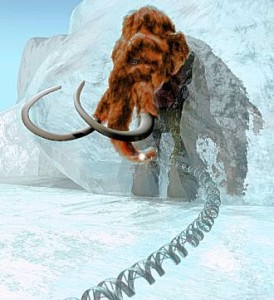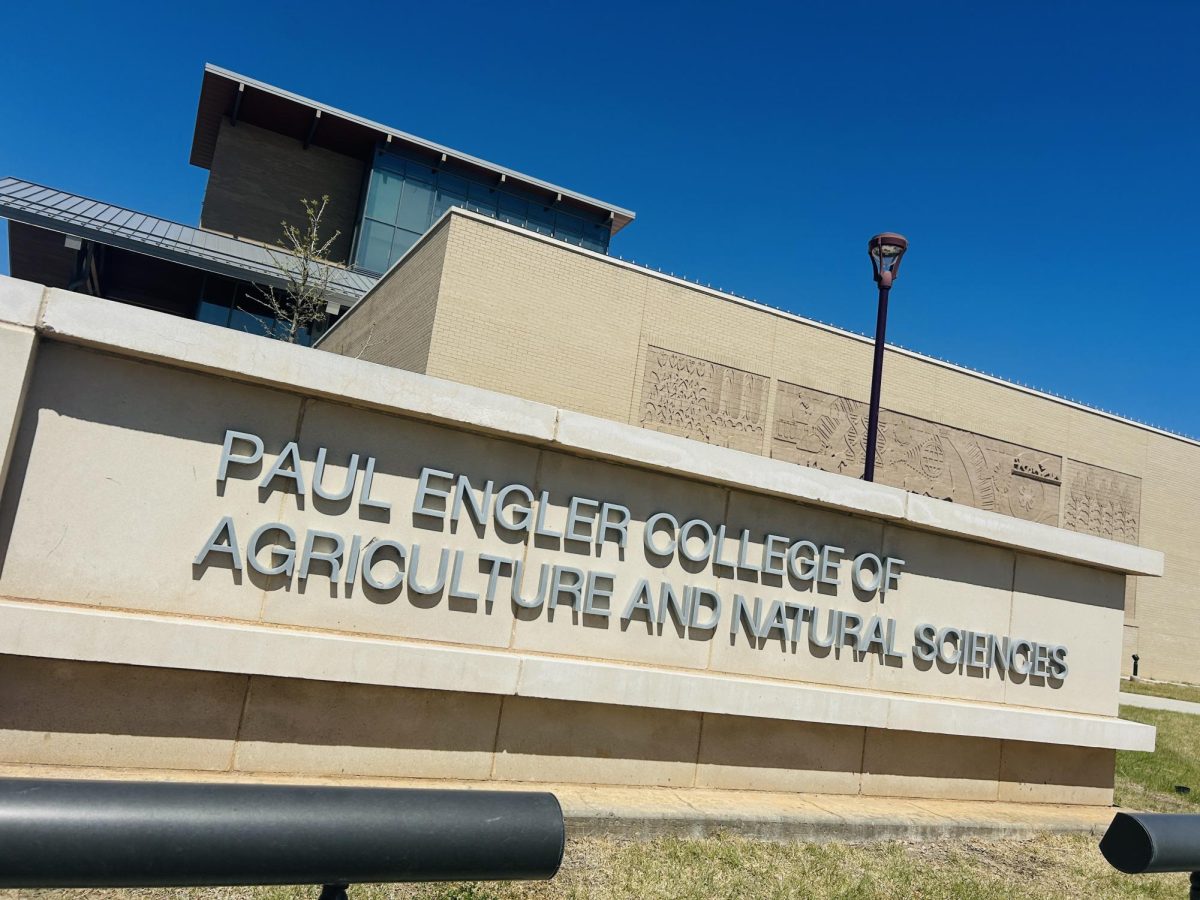
Japanese researchers hope to clone a wooly mammoth within the next four or five years. This is not the first time that organism cloning has occured. In 1996, Dolly the sheep was the first mammal to be cloned. Before that, Chinese researchers were able to successfully clone a fish and a tadpole. However, none of these species are extinct animals.
In 2008, researchers developed a new technique for nuclei-extraction that has allowed the removal of undamaged DNA from a mouse that was frozen for 16 years. Scientists plan to use the same technique to clone the mammoth.
“[The process] takes the tissue oocyte from an elephant, removes the nucleus, and replace it with the nucleus from a mammoth cell,” Dr. Rocky Ward, assistant professor of biology at WTAMU, said.
Researchers are hopeful that the procedure will work despite the 30 percent success rate of frozen cloning.
“We´ve done research, we´ve taken egg cells from cattle and replaced in human eggs,” Ward said. “It has grown to the blastula stage [Stage of development of an embryo resulting from the cleavage of a fertilized egg], but they don´t let it go by.”
Other scientists like Dr. Carolyn Bauma, assistant professor of biology at WTAMU, doubt that the wooly mammoth cloning will be successful.
“Taking the nucleus from mammoth, how do you know there is no DNA damaged?” she questioned. “Cold is a good preservative, but genes that direct proper embryo formation to mature fetus, need to be present and undamaged.”
She also said that all the stages of development need to be precise and that it is unknown if the environment in the womb of the elephant is the same as that of the mammoth.
“If changes occur, the embryo will not survive,” Bauma said.
The research team that cloned Dolly the sheep reported that it took 277 eggs to produce 29 sheep embryos. Out of the 29, only three survived until birth. Of these three, only Dolly lived.
“A sheep took 200 and something times,” Bauma said. “We are trying to do [cloning] with an animal that has been dead many centuries ago.”
However, Bauma and Ward agree on the controversial and ethical complexity of cloning as well as on the future benefits that it can bring.
“[Cloning] is an area with a lot of implication for medicine, reproductive biology and conservation,” Ward said.
He also said that some of the benefits that cloning can have on medicine are the production of new tissue and cardiac cells, as well as repairing damage to the heart tissue.
“It´s experimental, but there is no reason for it to not work,” Ward said.
Dr. Bauma said that another possible use of cloning is the conservation of endangered species.
“[Cloning] can help promote the preservation of wildlife in the planet,” she said. “They do have a native environment to live in,” she said.









